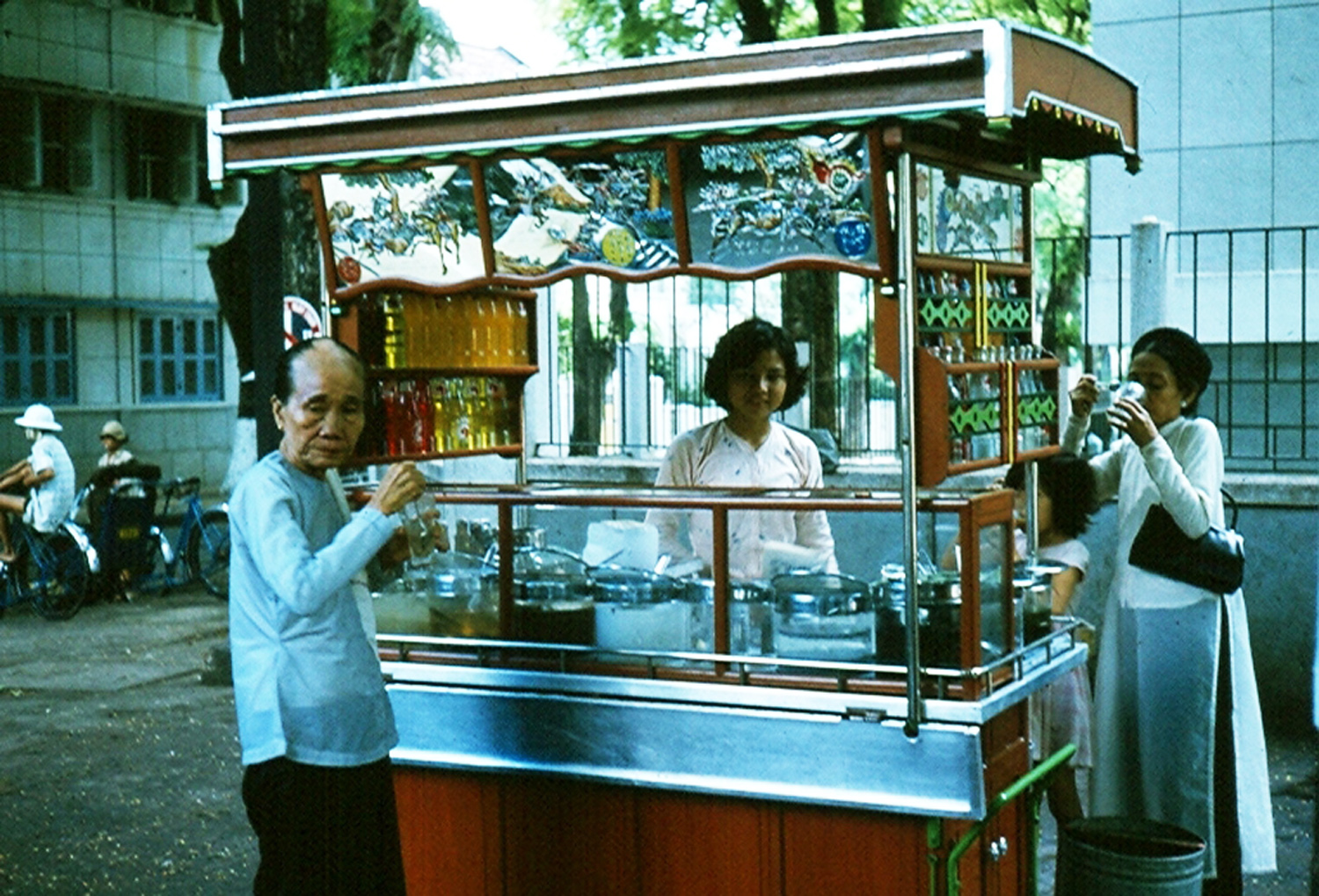
A drinks stall on the Đồn Đất-Gia Long (modern Thái Văn Lung-Lý Tự Trọng) junction in 1965
This article was published previously in Saigoneer.
Another of the city’s oldest thoroughfares, the street we know today as Thái Văn Lung began life as the rue de l’Hôpital and subsequently bore the name Pasteur street for over half a century.
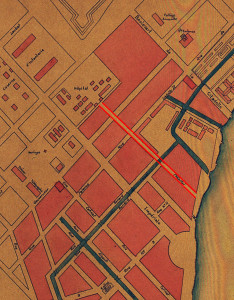
The rue de l’Hôpital with “Junction Canal” bridge in 1863
When Admiral-Governor Louis-Adolphe Bonard (1805-1867) founded the Military Hospital (Hôpital Militaire) in 1862, the street we know today as Thái Văn Lung was laid out as the main road leading to the main hospital gate. It was known for more than 35 years as the rue de l’Hôpital or boulevard de l’Hôpital .
In the early days, those taking the rue de l’Hôpital from the quayside to the Military Hospital had to cross the “Junction Canal,” which ran from northeast to southwest between the modern Nguyễn Siêu and Cao Bá Quát intersections. This canal was one of several city centre canals filled by 1868 for reasons of hygeine.
It was within the grounds of the Military Hospital that the first Pasteur Institute outside the métropole was established in 1891. Appropriately enough, in 1897, two years after the death of Louis Pasteur, the Municipal Council officially renamed the rue de l’Hôpital as rue Pasteur, a name which it would retain right down to 1955. However, it continued to be known as rue de l’Hôpital for several years after this.
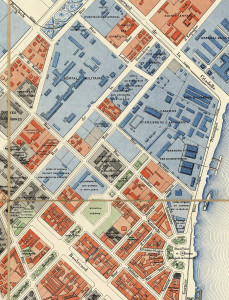
The rue de l’Hôpital was renamed rue Pasteur in 1897
Located in the heart of Saigon’s Naval Port, the street bordered the main Marine Artillery and Naval Stores (Manutention) and was also home to numerous other naval offices, including the Port of War Directorate (Direction du Port de Guerre), the Office of Naval Administration (Bureau de l’Administration de la Marine), the Clerks and Workers of the Colonial Troops Section (Section des Commis et Ouvriers des Troupes colonials) and – at its northern end, on the site of the modern IDECAF – the Naval Health Service (Service de Santé Militaire and Direction de l’Intendance).
By the early 20th century, the street also incorporated several residential villas which became home to wealthy colonial settlers.
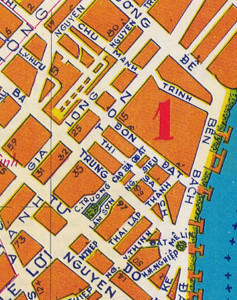
The rue Pasteur became đường Đồn Đất in 1955
In 1955, the street was renamed Đồn Đất (earthen fortress), in reference to a makeshift military fortification built by French forces in the area around the modern Thái Văn Lung-Lê Thánh Tôn junction, during the 1859 conquest of Saigon. Even today, many older Vietnamese people still refer to the Grall Hospital as “Nhà thương Đồn Đất.” In the same year, the name Pasteur was transferred to the street which had been known throughout the colonial period as rue Pellerin.
In 1995, the street was rechristened again, this time after lawyer and National Assembly member Thái Văn Lung (1916-1946), a native of Thủ Đức who took an active role in the revolutionary struggle to prevent the return of the French after World War II, leading to his capture and death by torture in a French jail.
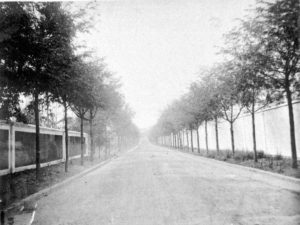
“Saïgon 1901 – Le boulevard de l’hôpital,” (Maison Asie Pacifique, MAP)
Following the departure of the French, the former offices of the Military Health Service were demolished and a French cultural centre known as the Viện Văn hóa Pháp tại Sài Gòn was established on the site, its headquarters designed in modernist style by architect Nguyễn Quang Nhạc of the famous Hoa-Thâng-Nhạc architectural partnership. In 1982, this became the Institut d’Échanges Culturels avec la France (IDECAF), today one of the city’s most active cultural institutions.
Since the early 2000s, hotel construction has severed Thái Văn Lung street from the Tôn Đức Thắng street quayside, turning it into a cul-de-sac.
Tim Doling is the author of the guidebook Exploring Saigon-Chợ Lớn – Vanishing heritage of Hồ Chí Minh City (Nhà Xuất Bản Thế Giới, Hà Nội, 2019)
A full index of all Tim’s blog articles since November 2013 is now available here.
Join the Facebook group pages Saigon-Chợ Lớn Then & Now to see historic photographs juxtaposed with new ones taken in the same locations, and Đài Quan sát Di sản Sài Gòn – Saigon Heritage Observatory for up-to-date information on conservation issues in Saigon and Chợ Lớn.

